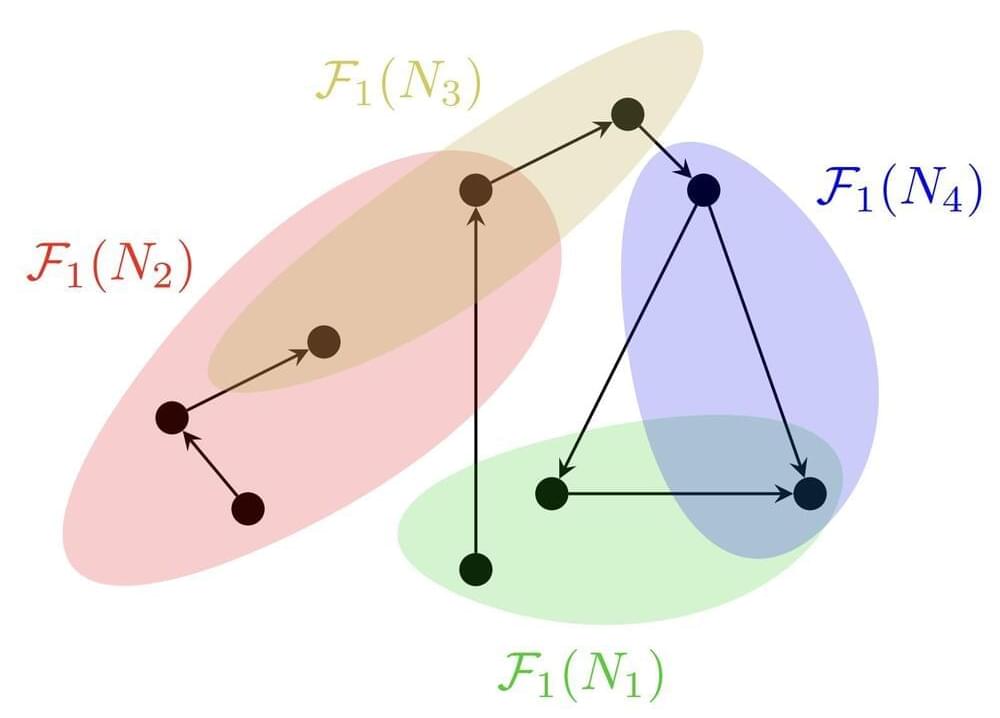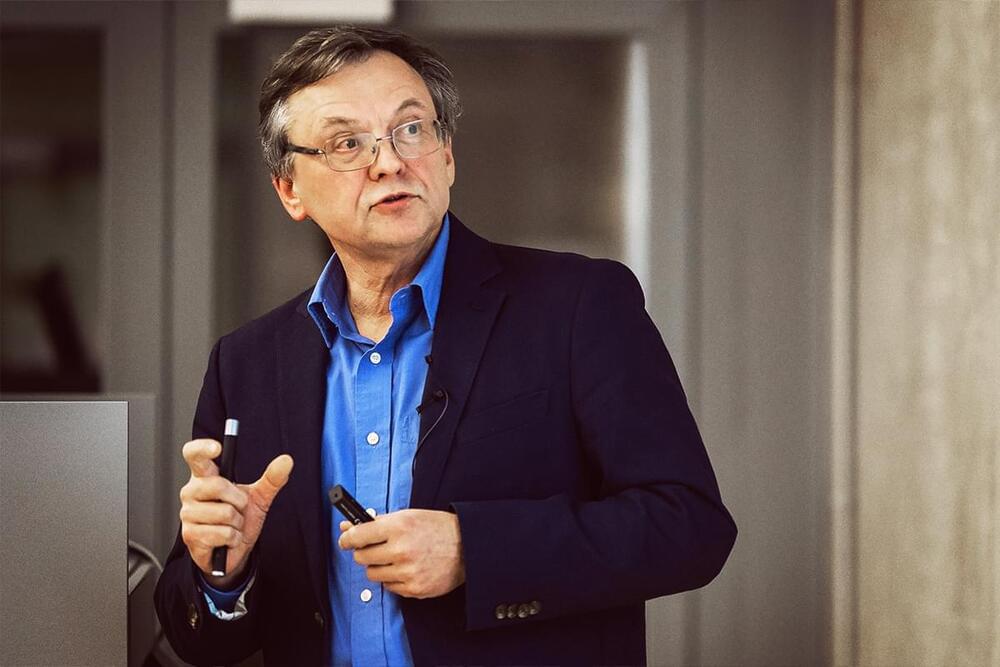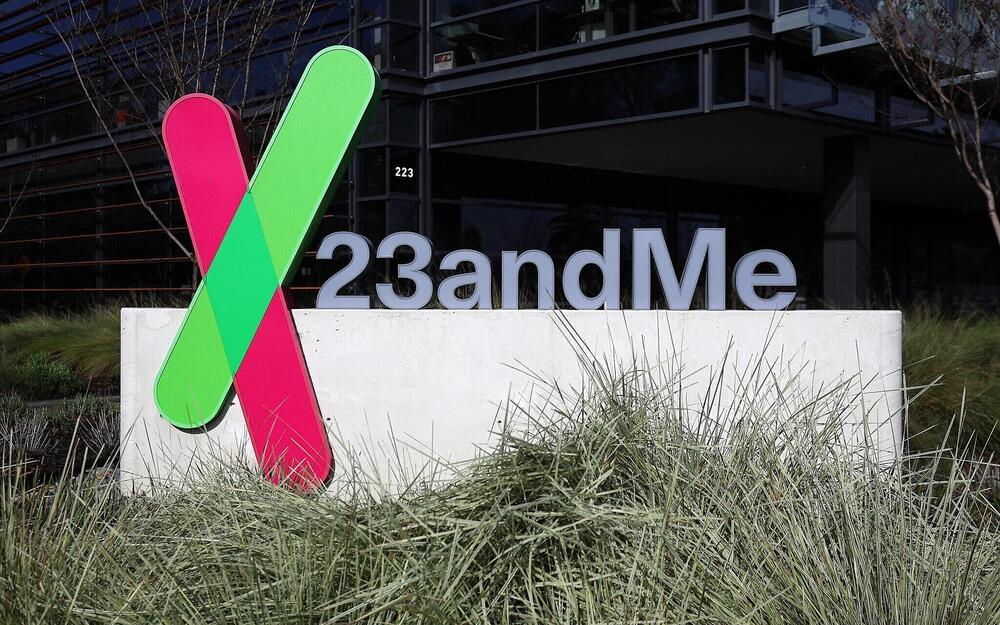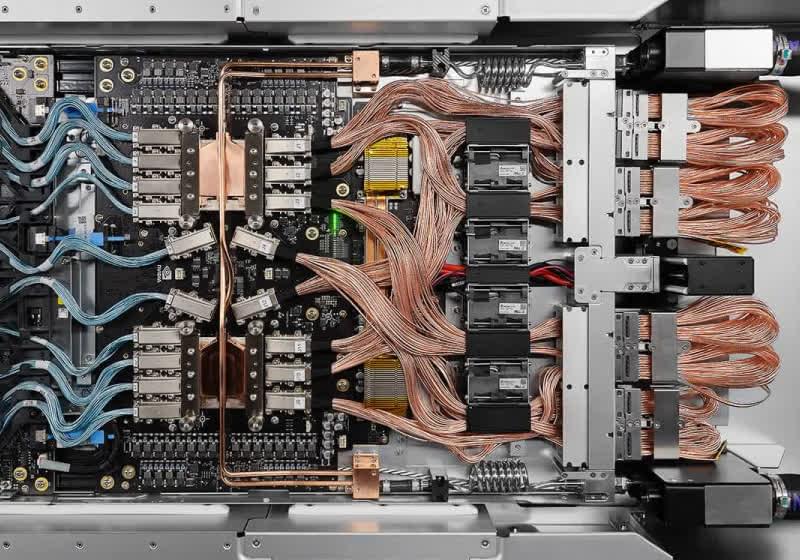Seems interesting. But B.D. has fallen behind now, imo.
A new joint research agreement between Boston Dynamics and the Toyota Research Institute combines leading teams in robotics and AI.
Seems interesting. But B.D. has fallen behind now, imo.
A new joint research agreement between Boston Dynamics and the Toyota Research Institute combines leading teams in robotics and AI.


Bell’s theorem, the well-known theoretical framework introduced by John Bell decades ago, delineates the limits of classical physical processes arising from relativistic causality principles. These are principles rooted in Einstein’s theory of relativity, which dictate how cause and effect operate in the universe.



Genetic testing company settles with plaintiffs over breach that was revealed when hacker published link to database labeled ‘ashkenazi DNA Data of Celebrities’
The breach, which occurred last October, affected more than 6.9 million customers and included users’ personal details such as their location, name and birthdate, as well as some information about their family trees. That data was shared on BreachForums, an online forum used by cybercriminals.
According to court documents, the data breach was revealed October 6 after a hacker going by the pseudonym Golem, a reference to the Jewish mythical defender made of clay, published a link to a database labeled ashkenazi DNA Data of Celebrities. According to the lawsuit, the hacker referred to the list as the most valuable data you’ll ever see, though most of the names were not famous.

Researchers at the University of Liverpool and collaborators have arrived at a new understanding of bacterial photosynthesis. Using novel techniques, investigators have unveiled intricate detailed images of the key photosynthetic protein complexes of purple bacteria. These images shed new light on how these microorganisms harness solar energy.

Tycho F. A. van der Ouderaa, Mark van der Wilk, Pim de Haan Imperial College London, University of Oxford, & Cusp AI 2024.
https://arxiv.org/abs/2410.08087 https://github.com/tychovdo/noethers-razor
https://twitter.com/tychovdo/status/1846491022227869
…
We’ve detected that JavaScript is disabled in this browser. Please enable JavaScript or switch to a supported browser to continue using x.com. You can see a list of supported browsers in our Help Center.
Terms of Service Privacy Policy Cookie Policy Imprint Ads info © 2024 X Corp.

Crazy: Few would argue that Elon Musk is driven. Despite his various detractors, the entrepreneur has built Tesla and SpaceX into major competitors, if not leaders, in their respective industries. This success comes amid various side endeavors like Neuralink and Twitter/X transition. Now, his xAI team has gotten an AI supercluster up and running in just a few weeks.
Elon Musk and his xAI team have seemingly done the impossible. The company built a supercluster of 100,000 Nvidia H200 Blackwell GPUs in only 19 days. Nvidia CEO Jensen Huang called the feat “superhuman.” Huang shared the incredible story in an interview with the Tesla Owners Silicon Valley group on X.
According to Huang, constructing a supercomputer of this size would take most crews around four years – three years in planning and one year on shipping, installation, and operational setup. However, in less than three weeks, Musk and his team managed the entire process – from concept to full functionality. The xAI supercluster even completed its first AI training run shortly after the cluster was powered up.
